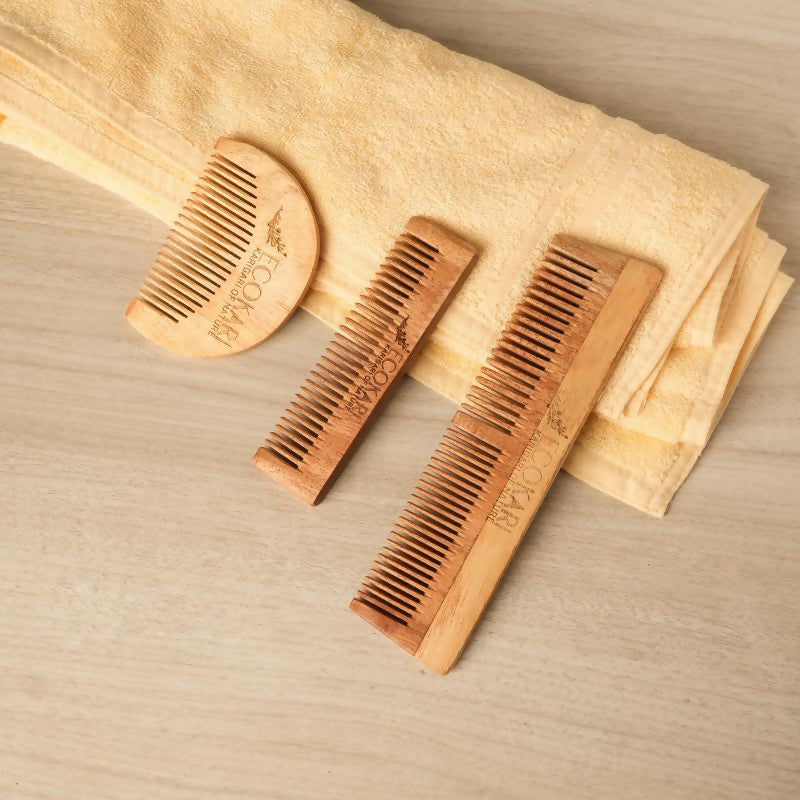Too "Ugly" to Keep: The Waste Behind Perfection and Aesthetics

Is imperfection a problem, or are we told it is?
How bad are imperfections, and to what extent? Or have we simply been made to believe that only beautiful, "aesthetic" things are worth having? Aesthetic standards set by retailers, brands, and even consumers lead to millions of tonnes of unnecessary waste globally. The smoothest apple. That prime-looking mango. A pristine new outfit. Consumer products are often rejected solely for aesthetic reasons, even when fully functional, creating a hidden stream of waste. Yes, loving beautiful things is fine, but wanting only that might be a more waste-inducing problem than you think.
Up to 40% of produce is discarded purely due to appearance. Imperfect fruits and vegetables, too small, too large, misshapen, odd-coloured, or blemished, are often rejected before even reaching the shelf. A report found that almost 14 million kilograms of perfectly edible fruits and vegetables are discarded each year in Australia alone, just because of how they look.

In the fashion industry, it's no better. Every year, around 60 billion garments are produced but never sold. Many are rejected for minor stitching flaws misaligned seams, crooked labels, slightly uneven hems. Where do they end up? Landfills.
In fast fashion factories, where workers are made to work 12-plus hours a day, they are forced to sew them again and again with a target number to achieve. It’s not that they are made from cheap labour or the quality is bad; often they end up in landfills or incineration unless upcycled or sold in outlets/seconds markets. But yeah, for wrong hems and lines, it’s rejected - the irony.
Open any social platform your feed is filled with polished beauty. Perfect homes, spotless outfits, colour-coordinated kitchens, wrinkle-free bedsheets. Influencers selling aesthetics and perfection are everywhere. Marketing echoes the same standards. "New arrival," "flawless fit," "picture-perfect." When content and commerce are built on visuals, anything imperfect becomes disposable even if it's fixable, wearable, or edible.

Who Decided Imperfection Was Unworthy?
Somewhere along the way, 'ugly' became unacceptable even if it functioned just fine. A potato with a dent. A shirt with a tiny off-thread. The chase for perfection has its irony. 'Ugly' produce, perfectly edible fruits and vegetables is discarded for tiny visual imperfections. Secondhand or upcycled goods are looked down on as "not good enough."
A stained shirt doesn't have to be thrown away. A simple diy to clean it, or single embroidery motif, or even a hand-sewn patch can turn it into something new.
Minor flaws like crooked seams or missing buttons are often fixable in minutes with a needle, patch, or a trip to a tailor. But somehow, we've been conditioned to believe DIY is flawed and ugly. Many products that could’ve lived full lives are instead sentenced to landfills.
Many designers and makers now build collections from factory rejects. The "imperfect" movement in food is growing stronger. Seconds markets, re-loved platforms, and creative upcycling are challenging the narrative that new equals better. Rewire how you shop, consume, and share.
If you see a slightly odd apple or a top with a tiny flaw and think does it really matter? Or have you just been taught it should?





Leave a comment